Evaluating Claims About The "Teacup Mini Cow"
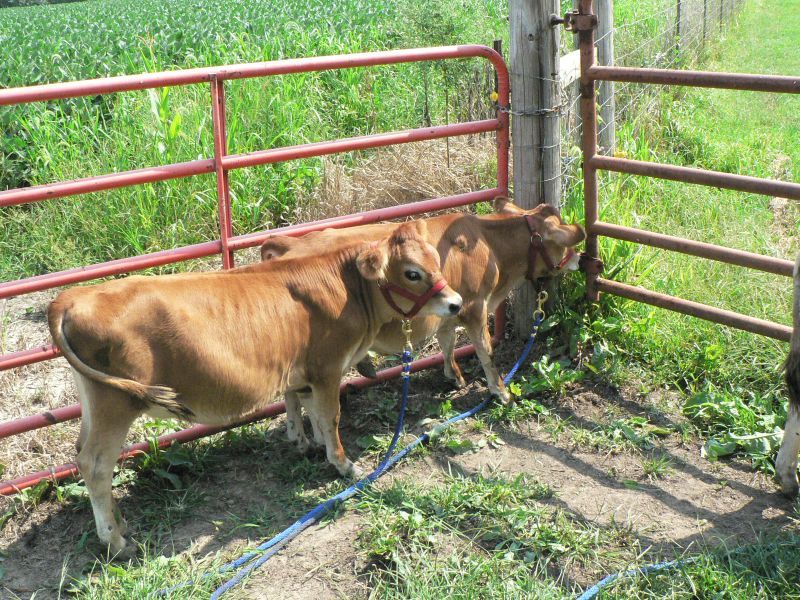
Yesterday I learned that an old friend of mine had gone into hobby farming, and recently acquired her fourth mini-cow. I found this no end of charming, and immediately sought to learn more, briefly forgetting in my excitement just how bad Google results have gotten over the last few years. I found in the very first link a series of claims so implausible, so breathlessly guile-free, that I crashed back to earth immediately. I now wish to pass on to you, the consumer, the same information which has kept me from being suckered into buying one of my own. (I do not call my friend Katie a sucker. She has a farm, and oats and things; she is prepared for mini-cows in a way my railroad apartment is not.)
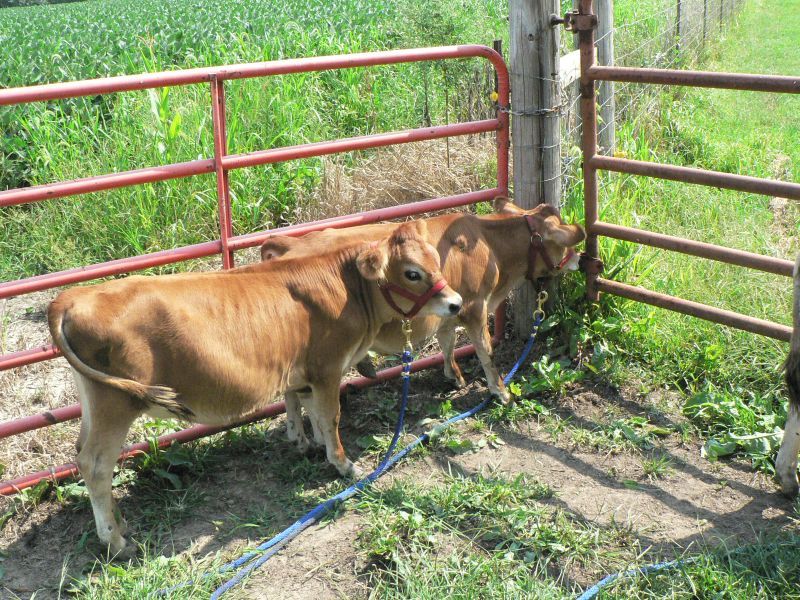
"These miniature cows, also known as mini cows, range in size from under 36 to 48 inches tall and typically weigh from under 500 to roughly 800 pounds."
Well, what's the average height and weight range for a regular cow? Say it's a dairy cow about a year old and middle-of-the-pack, size-wise. Between about 500 and 800 pounds, and stands about 43 to 48 inches tall. (If you're looking at a four-year-old beef cow, you'll average roughly 1300 pounds, but there aren't very many cows that see their fourth birthday.) So not very much smaller, then. A bit smaller. I don't want to tell anyone how to do their job, but it seems to me like anything that qualifies for the name "teacup" ought to be at least half as small as its full-sized equivalent.
"Rather than being used as livestock, miniature cows are becoming increasingly popular as pets due to their gentle nature and manageable size. They also require much less land and care than traditional full-sized cows...A teacup miniature cow needs plenty of space for grazing but much less land than traditional-sized cows. Miniature cattle require 0.5-1 acre of pasture land each."
Now, to my untrained ear, 0.5-1 acre of land doesn't sound like very much at all! But how much grazing land does an average sized cow need, by way of comparison? "In general, one well-managed acre is recommended for each "1000 lbs of livestock."
Perhaps I am quibbling unnecessarily! But "0.5-1 acre" does not strike me as "much less land" than "one well-managed acre." It strikes me as "possibly a bit less land, and possibly the exact same amount of land."
"Teacup mini cows range from under 36 inches to 48 inches, which can be about the same size as a large dog! While they may look like any cow out in a pasture, these miniature breeds truly capture the essence of domesticated cattle with their fun-sized frame...They require significantly less maintenance than their full-sized counterparts, from food, housing, training, and supplies, saving you time and money."
I think it's the significantly part of significantly less that I object to here. And of course the conspicuous dropping of weight as a factor when comparing their size to a dog's. Even the most robust of St. Bernards, carrying the heaviest possible neck-cask of brandy, cannot possibly weigh more than 250 pounds.
Fun-sized I will allow, because I find it charming. But about the same size as a large dog, no.
"Miniature cows can produce up to one and a half gallons of milk per day, making this micro mini cow perfect for hobby farmers...These compact creatures may even surprise you with just how much milk or meat they can produce given their size!"
Again, I don't wish to tell hobby farmers how to conduct their hobbies. But is it, in fact, perfect to own a pet that produces one-and-a-half gallons of milk a day, if one is not a farmer? If any of my hobbies required me to find a use for 1.5 gallons of fresh whole milk every single day I'd have to find a group of bodybuilders to sponsor.
Here are some physical characteristics of mini cows:
- Color: Their color can range from brown, white, or black shades.
- Size: Its shorter legs make it much smaller than traditional cows, usually not reaching heights taller than about 48 inches.
- Weight: They can weigh up to about 800 pounds.
- Coat: They have a fluffy fur coat.
One begins to suspect, reading this article, that the author has never seen a cow, and is cribbing from an old Encyclopedia Brittanica, or children's book about farmyard animals.
"Bedding: You can use traditionally used materials for cow bedding like sawdust, wood shavings, straw, hay, etc."
"No special equipment needed. Still observes the same day/night distinction, laws of gravity, et cetera, that regular cows do."
"Potty training can take some time, and the best results come from using positive reinforcement techniques such as praise and treats when your micro mini cow does something correctly.
Once fully trained, your cow can roam freely around your house or garden without the risk of leaving messes, giving you some peace of mind."
Well, I'll be damned. Apprently you can toilet-train a cow.
[Image via Wikimedia Commons]

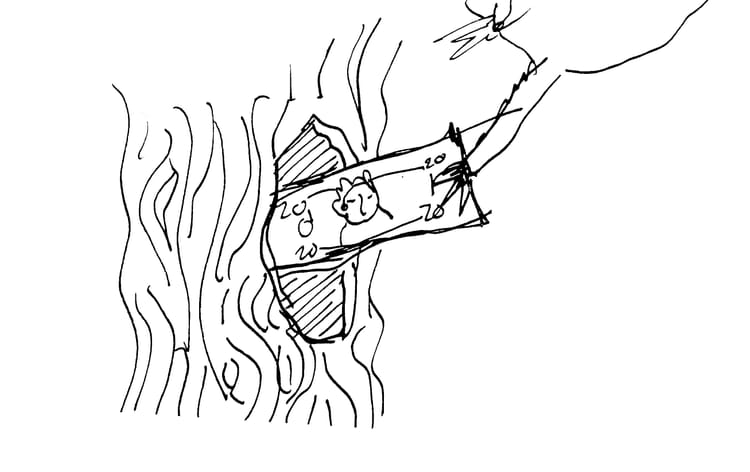
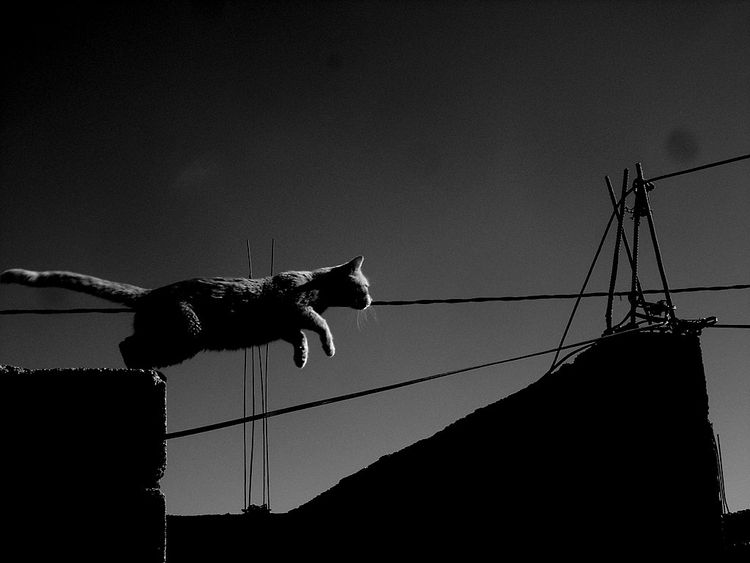
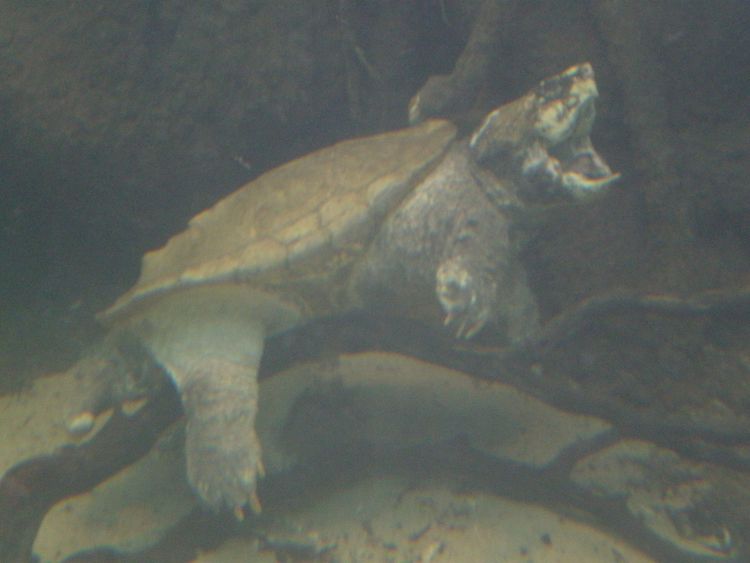
Comments ()